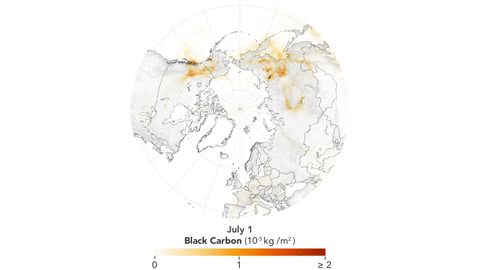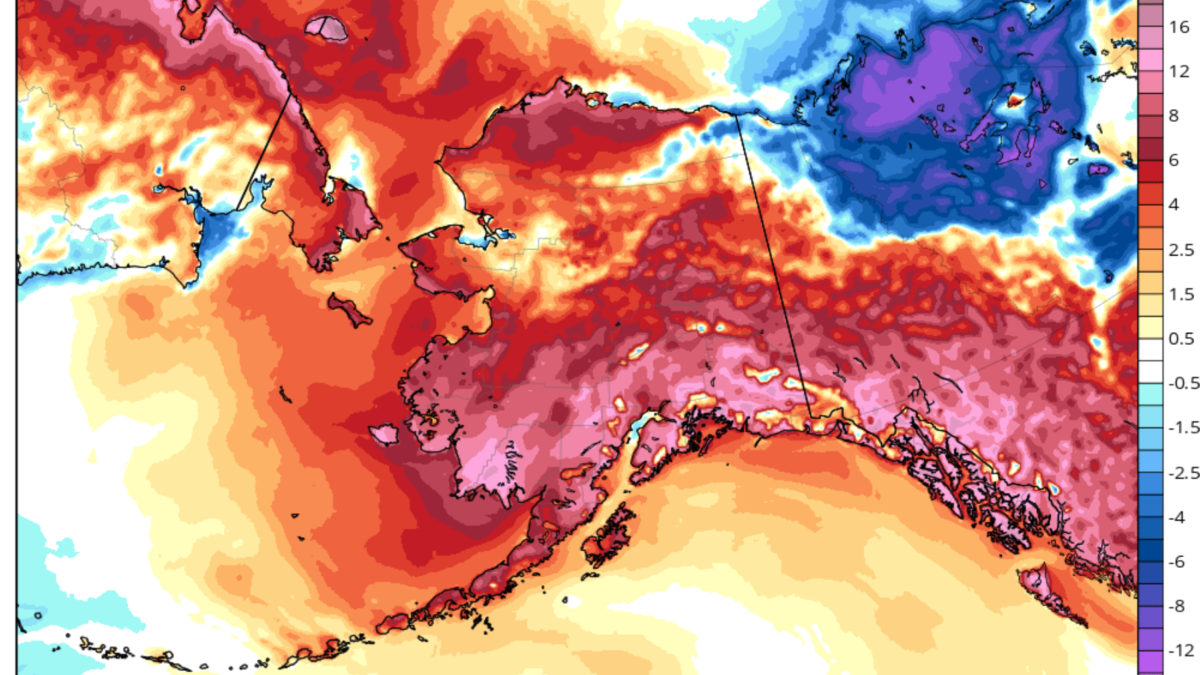Hansen: Comments on global warming acceleration, sulfur emissions, observations – “Acceleration of global warming is now hard to deny”

By James Hansen, Pushker Kharecha, and Makiko Sato
16 May 2024
(Columbia University) – Global temperature (12-month mean) is still rising at 1.56°C relative to 1880-1920 in the GISS analysis through April (Fig. 1). [Robert Rohde reports that it is 1.65°C relative to 1850-1900 in the BerkeleyEarth analysis.] Global temperature is likely to continue to rise a bit for at least a month, peak this summer, and then decline as the El Niño fades toward La Niña.
Acceleration of global warming is now hard to deny. The GISS 12-month temperature is now 0.36°C above the 0.18°C/decade trend line, which is 3.6 times the standard deviation (0.1°C). Confidence in global warming acceleration thus exceeds 99%, but we need to see how far temperature falls with the next La Niña before evaluating the post-2010 global warming rate.
Present extreme planetary energy imbalance will limit La Nina-driven temperature decline. Thus, El Niño/La Niña average global temperature likely is about 1.5°C, suggesting that, for all practical purposes, global temperature has already reached that milestone. Temperature is temporarily well above the 50-100 percent increase that we projected (yellow region in Fig. 1) for the post-2010 warming rate. That projected increase is based on evidence that humanmade aerosols and their cooling effect are in decline. In other words, we are beginning to realize the consequences of the Faustian bargain, in which humanity partly offset greenhouse gas warming with aerosol (particulate air pollution) cooling.
A recent comment in the social media that a decline of global temperature will signify that we are “back to normal” is right only if one considers accelerating global warming to be normal. However, we see no reason to believe5 that the jump in 2023-24 global temperature indicates we are missing some fundamental climate physics – other than good aerosol physics.
The 2023-24 temperature jump is a result of strong warming trend over several years at middle latitudes combining with a switch at low latitudes in 2023 from a strong La Niña to a moderately strong El Niño, as shown by zonal-mean sea-surface temperatures (SSTs, Fig. 2). The maximum of the solar cycle in 2023-25 may add a bit to the appearance of a leap in 2023-24 temperature. When land measurements of surface air temperature are included to obtain zonal-mean global surface temperature change, the warming in the Northern Hemisphere becomes even more dramatic (Fig. 3).
We interpret acceleration of warming since 2010 to be a consequence of decreasing aerosols, with a significant contribution from reduction of ship aerosols due to the strict 2020 emission limit imposed by the IMO (International Maritime Organization). Another recent social media comment is that reduction of ship emissions is negligible compared to emission reductions by China. That comment misses the point. It is well known that ship emissions are a tiny part of total anthropogenic emissions and of emission changes, but ships emit into relatively pristine ocean air and the aerosol effect is nonlinear. The inadvertent experiment provided by the IMO emission limit is a great opportunity to improve understanding of aerosol and cloud physics.
An important issue concerns how much additional global warming lurks in our Faustian aerosol bargain. That depends on interpretation of ongoing change. Our preliminary analysis suggests a ship aerosol forcing an order of magnitude (factor of ~10) greater than what follows from IPCC estimates. The 2021 IPCC report (AR6) pegs total aerosol forcing as 1.06 W/m2 in 2019, with 0.22 direct aerosol forcing and 0.84 the indirect effect on clouds. A 2021 update reduces the aerosol forcing to 0.98 W/m2 (0.21 direct, 0.77 indirect). Based on this small aerosol forcing, Hausfather and Forster obtain a forcing of 0.079 W/m2 for 100% implementation of 2020 IMO ship emission limits. Our estimate of a minimum of 0.5 W/m2 for the aerosol forcing from shipping refers to the present (~80%) reduction of sulfates from ships. The difference with the Hausfather and Forster value is so large that it must be possible to resolve this issue within the next few years.
Accurate evaluation of humanmade aerosol forcing has double importance because of implications for climate sensitivity, as we have discussed elsewhere. If IPCC has underestimated aerosol forcing, they probably have also underestimated climate sensitivity. [more]
Comments on Global Warming Acceleration, Sulfur Emissions, Observations


